
Dear reader, if you’re contemplating a rebrand or you’re completely new but genuinely interested in the topic, this article is here to serve as a lesson and inspiration for you. Having recently rebranded our internal knowledge-sharing event, Halcyon Talks, we’re hopeful that our process, tips, and tricks will help you with your rebranding endeavors.
What is a brand?
A brand is much more than just a logo, style, typeface, colors, visuals, and a tagline. A brand is the sum of perceptions living in our minds. A collection of mental images, experiences, knowledge, and feelings associated with a product, service, company, or individual, based on our interactions and encounters with them as well as our gut feelings and beliefs of what the brand could be.
A strong brand can influence customer recognition, drive credibility and loyalty, boost profits, build trust, attract talent, and make it easy to launch new products and expand your business. So if the benefits are this attractive and the stakes are this high, does this also mean you have only one shot to get branding right? Luckily, not. You can always rebrand. In fact, most successful companies from startups to corporations do it, and there are countless examples where well-thought-out and beautifully executed rebrands have improved customer satisfaction, restored competitive edge, boosted engagement, etc. Pretty cool, right? Read on to learn more and see our examples, or contact us if you need help with your branding or rebranding efforts. We’ve helped dozens of clients complete this grand task.
What is rebranding?
Rebranding usually occurs when a business wants to change how an established product, service, or corporate image is perceived by the customers. Contrary to popular belief, rebranding is not merely a change of name, symbols, logo, or design – those assets are just a part of the brand’s visual identity. Rebranding is more than superficial, surface-level adjustments, and it goes beyond aesthetics. It’s a deliberate choice, a carefully orchestrated marketing strategy in response to certain internal (e.g value proposition, core offering) and external (e.g digital transformation) shifts, in order to drive consumer relevance and nurture a better connection between the brand and its audience.
When and why should you rebrand?
There are countless reasons to rebrand – some of them are solid and justified, some of them are not. Slow sales and misread market analysis are common reasons to undertake such a task, but a rebrand is not always needed and beneficial. The more established the brand is the more risks this endeavor reserves. This being said, if a company’s mission, values, vision, and market are no longer reflected in its brand, rebranding might just be what it needs.
Here are some of the reasons most businesses decide to change their brand’s look and feel:
- A new line of business or market
- Fundamental changes or repositioning (in purpose, vision, mission, and values)
- Brand expansion or further development of brand components
- Legal issues
- Relevancy
- Outdated visual communication
- Negative publicity or bad reputation
- International growth
- Competitor differentiation
- Mergers and acquisitions
👉 IN THE CASE OF HALCYON TALKS it was a mission-related aspect that led to rebranding. We felt that we’ve evolved beyond our previous identity, we were ready to shed our old skin and present our elevated brand.
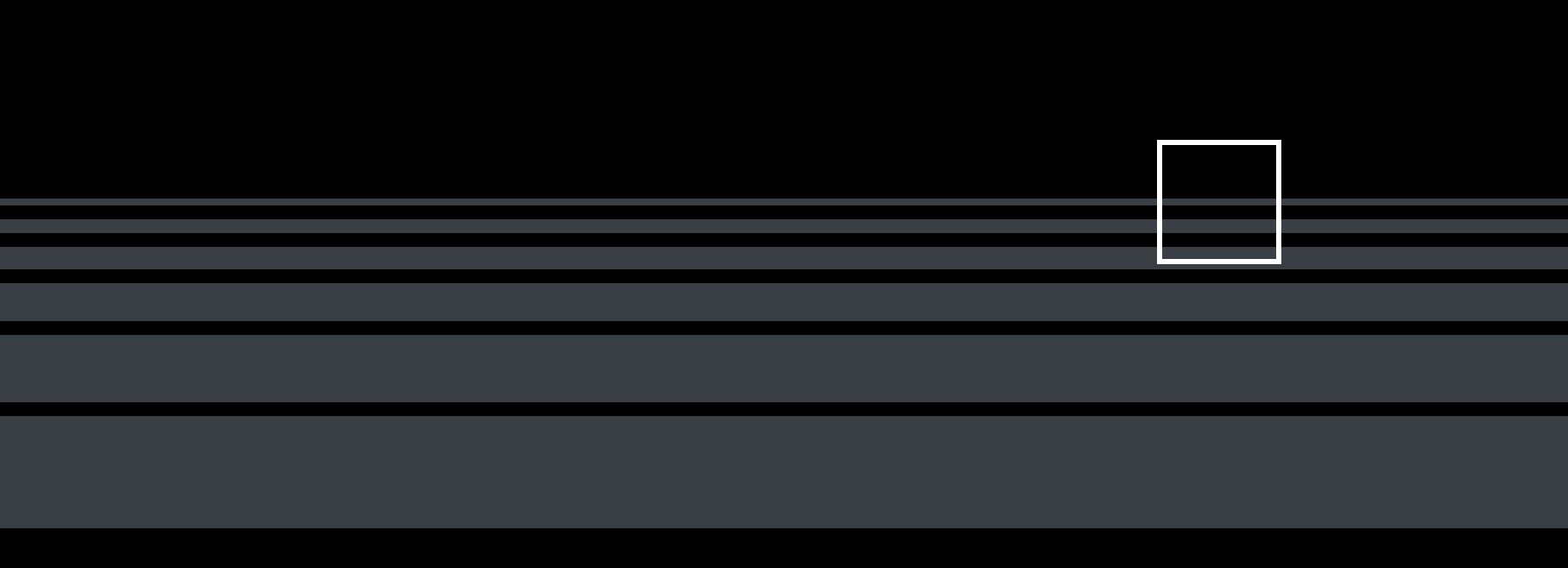
Develop your strategy
Before jumping headfirst into anything, you should put some structure in your thinking process and make up a plan. Having recently rebranded our internal knowledge-sharing events, Halcyon Talks, we’re here to lay out the way we completed this grand task, giving you tips and examples every step of the way.
Look inwards
A successfully implemented rebranding strategy starts with introspection. This is the time when you look inwards and analyze your company. Who are you? What do you do? Have your mission and values changed? Who is your ideal client? Are you still connecting with your target audience? Are you lost in the sea of competitors? What is the reason you want to rebrand at this particular moment in time? What is your purpose with this, what do you want to achieve? Also, does your brand need a partial refresh or total makeover?
Perhaps you’ll come to find that what you need is a new marketing strategy, but however it may be, the answers to these questions will help you understand whether a rebranding is really justified or not.
👉 IN OUR CASE, when the idea of rebranding Halcyon Talks – Halcyon Mobile’s internal knowledge-sharing series – came around we sat down to examine the situation and find answers to the above questions.
These Talks were our “virtual campfire” where we would gather to hear about the experiences, thoughts, learnings, and ideas our team members have cultivated through their work, experiments, personal projects, and hobbies. We started doing these sessions to bridge the knowledge gap, improve relationships and communication, enable better and faster decision making, reduce redundant effort as well as the costs of know-how, increase the quality of our products and services, keep morale and motivation up and stimulate innovation and growth.
So what has changed then, why couldn’t we shake off the idea of a rebrand?
Well, our target audience stayed the same (the members of our team), our WHY remained unchanged, too, but we believed that we arrived at a point where we outgrew the HOW. As Halcyon Talks evolved we felt the need to expand, upgrade and elevate the brand too. Also, our brand values have never actually been clearly spelled out so we thought it’s high time to do that as well.
Do your research
The second step of your rebranding process is research – an extensive one. This is where you reestablish your brand’s audience and market and get back in touch with your customers. The questions you want to ask here are: Does your current image fit your audience’s wants and needs? Why are they choosing you? What makes you unique? What are your most compelling benefits? What are you doing well? Who are they choosing instead of you? Who are your competitors? What are they doing right? Where do they fall short? How can you cater to your audience in a meaningful way and outsmart your competition? Collect the data and analyze it. These answers will help you ensure an informed and contemporary upgrade, as well as figure out what to keep and what to ditch from your current branding.
👉 IN OUR CASE, this step uncovered a lot of valuable insights. We came to understand how our team members perceived Halcyon Talks, what they liked about it and what were the pain points that these knowledge-sharing sessions could address better.
Here’s what we found out after we reconnected with the team (our target audience):
- Public speaking is daunting. Our team members had valuable ideas to share, but being in the spotlight, alone, in front of a crowd made them anxious and inhibited them from putting their “stories” (read: talks, presentations) out there.
- Speakers felt pressure to put a solid presentation together for each talk.
- The talks were good, but the team was hungry for hands-on experiences that keep them more engaged.
- The team was ready to dive into an even wider and more colorful range of topics.
Based on these learnings, and brainstorming sessions, we figured out a couple of tweaks that can make these events more inclusive, engaging, enjoyable and practical, while encouraging more and more of our team members to step out of the audience and slip into the role of the speaker, sharing their ideas and findings with the rest of us.
Here’s what we came up with:
Challenges / Pain points
- Public speaking is daunting. Our team members had valuable ideas to spread, but being in the spotlight, alone, in front of a crowd made them anxious and inhibited them from putting their “stories” (read: talks, presentations) out there.
- Speakers felt pressure to put a solid presentation together for each talk.
- The talks were good, but the team was hungry for hands-on experiences that keep them more engaged.
- The team was ready to dive into an even wider and more colorful range of topics.
Solutions
- Offering even more support prior to the event – giving public speaking tips, revising, feed-backing, and rehearsing the presentation. Giving the opportunity to have more people on the stage at a time sharing ideas collectively, as a group.
- Adding types of events that don’t require visual support materials. E.g Roundtables, Debates, Q&As.
- Coming up with formats that allow more implication and results in practical knowledge. e.g workshops
- Inviting guest speakers to spread their ideas and teach us.
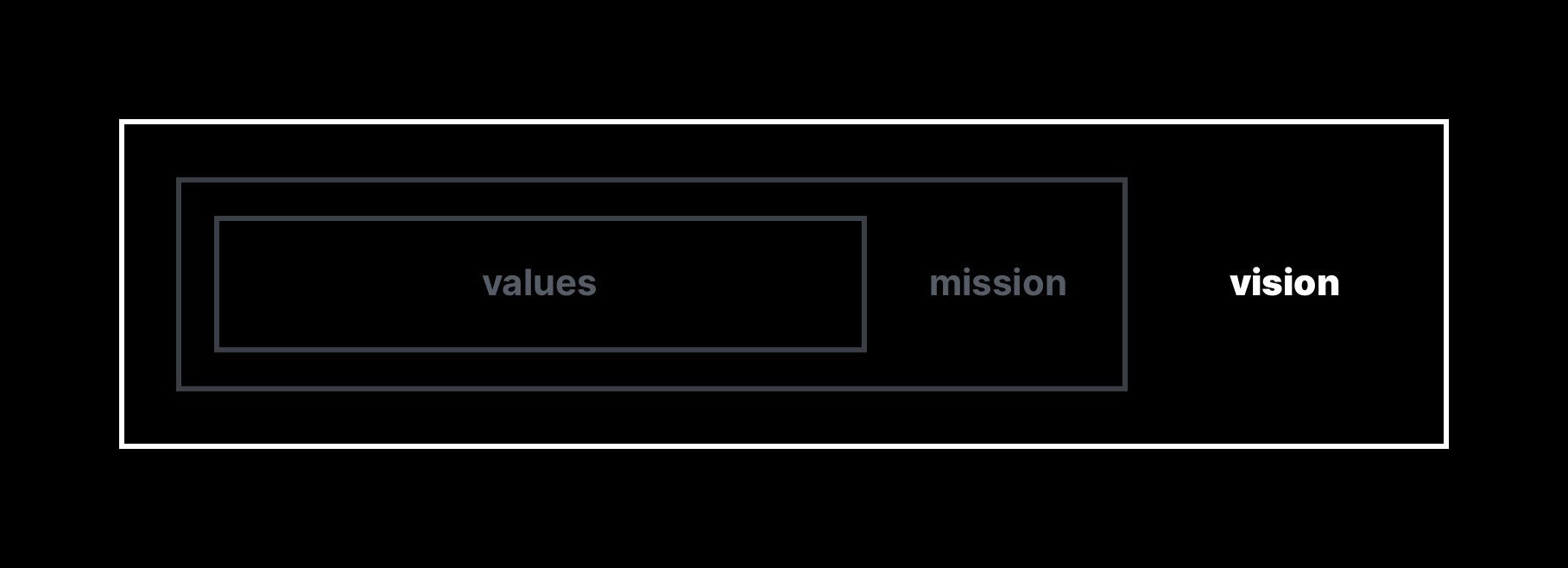
Redefine your vision, mission, and values
When it comes down to the third step of the process, you need to develop a healthy obsession with your customers and build a brand for the people. When you’ve done your research your findings will highlight plenty of opportunities that you can grab to live up to their needs. To change their perception or plant a new brand image in their minds, you should start with the foundation: redefining and stating your vision, mission, and values – otherwise known as the brand essence or the DNA of your brand.
Vision: What future do you want to help create?
This is your destination and desired end-state. Your vision will affect everything you do internally, and externally.
A well-crafted vision statement should be future-oriented, 1 or 2 sentences long, concise, smart, genuine, and easy to understand. It should encapsulate and communicate your organization’s core ideal and serve as your North star, helping your employees, stakeholders, and customers understand the meaning and purpose of your activity and endeavors. A powerful statement should be integrated into your brand culture to inspire and align everyone with your goals.
👉 IN OUR CASE, our vision statement is to obtain, share and use our experiences and knowledge to inspire people, generate new ideas and perfect the quality of our work.
Mission: How do you create that future?
This is your unique path, decisions, and actions, your vision in action.
A good mission statement articulates who you are, what you do, and why you do it – how you serve and add value to your stakeholders (customers, employees, and investors). It’s often longer than the vision statement and should be widely understood, shared, and internalized. So, when developing your mission statement make sure to be specific, clear, and focused on your purpose and the way you provide value to those you serve.
👉 IN OUR CASE, our mission is to develop a supportive and engaging environment for idea-sharing and perpetual learning. Its goal is to help the team spread, discover, experience, understand and cultivate knowledge, skills, and ideas through a set of various events.
Values: What principles guide your behavior?
These are the beliefs that you stand for, your cultural cornerstones.
Values are a glimpse of your company’s soul, a dimension of its personality. These are the beliefs in which you’re emotionally invested, showing what’s important to your business, how it conducts itself, and what kind of culture it promotes. Your team unites around them, your audience resonates with them. When formulating these be honest, authentic, short, and accurate. Don’t overdo it.
👉 IN OUR CASE, our core values are:
- We think product-first – Gather new knowledge to be better in creating high-quality products.
- We embrace change – Hear, see and experiment with the newest tech, tools, ideas, solutions, trends.
- We are the best at our thing – We invite people who are passionate about their work and are eager to share their knowledge with you during the talks, workshops, Q&A sessions we’ll organize.
- Work as a team – Our resources and knowledge are shared and accessible to every member.
- We celebrate – We honor extraordinary people, ideas, and achievements by presenting them to our team so we can all grow through them.
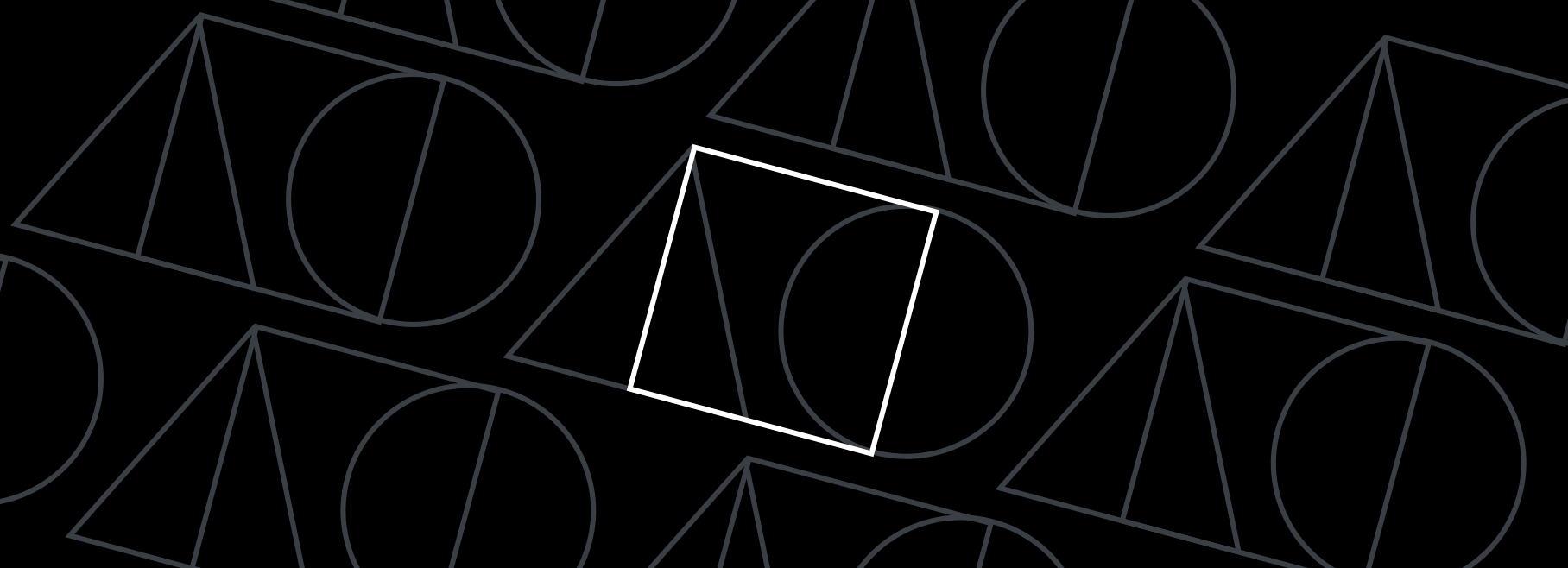
Pick a good name
A good name makes a good impression. Depending on your context you could keep it or might need to come up with a new one that better aligns with the new direction of the brand. If you decide to change it, make sure to choose one that’s powerful, can differentiate you from your competitors, and reinforce the value you provide. Once you get down to picking a name, you’ll come to realize that most of the good ones are already taken (and trademarked) and that there are certain challenges and limitations that come with every choice. Even so, you have a lot of options to play around with. You can name your brand after its founders, you can make up a new word or an acronym, use a mythical evocative term or do a wordplay, just make sure the one you end up with is:
- aligned with your brand positioning
- doesn’t have negative meanings
- short, meaningful, unique, and visual
- easy to recall, pronounce, spell, and is searchable
- isn’t used by your competitors (especially in the same categories and markets)
- is future-proof
- has an available trademark and URL
If you want to play it safe, once you have your shortlist and some extra time conduct another customer research. It’ll help you understand brand and category associations in people’s minds, and make your choice easier.
👉 IN OUR CASE, the Halcyon Talks name wasn’t quite fitting anymore. We needed something less specific, but suggestive, something that’s broad enough to accommodate the new event formats but also communicates the fact that this brand is about getting together, sharing various experiences and knowledge, growing. After an extensive search and deliberation, we settled on Agora.
The literal meaning of the word is “gathering place” or “assembly”. The agora was the center of the athletic, artistic, business, spiritual and political life in the city. We found that exceptionally suitable – during these sessions, we would also get together at a central place in the office (or virtually, in the Covid-19 context) to discuss various topics that mattered to our team and business.
Develop your brand personality, voice and tone
Brand personality: what makes your business human?
Think of your brand as a person, a character. Are you young or old? Female or male? What kind of personality traits, values, and attitudes would your brand have as an individual? What would appeal to your audience? What kind of emotional association would you like to create? How would you like your customers to think of you? As a teacher, a caring grandmother, a rebel, a sophisticated gentleman? Use archetypes. The more authentic, recognizable, and relatable you are, the better. People are more likely to connect with and purchase brands whose personality resonates with their own.
When building your brand personality:
- do some soul searching (your vision, mission, and values are a good start, but figure out who are you really, describe your brand with adjectives)
- consider your competition (differentiate yourself from them and position yourself uniquely)
- examine your audience (their demographic information, interests, etc, see what would make them identify with your brand)
Once you’ve developed your brand personality, make sure it shines through everything you put out in the world. Be consistent about it, people like to know what they can expect from your brand. Changes would confuse and distance your audience.
Voice: how do you show your personality through words?
Your brand voice is the unique way you communicate with those around you. The language you use, the words you choose, the emotions you infuse in your message. You can be warm, helpful, welcoming, clean, simple, confident, smart, quirky, funny, authoritative, but to make a distinct and lasting impression, be consistent about your brand voice and deliver your message coherently, everywhere you’re present.
Tone:
It’s not what you say, it’s how you say it – the order of your words, their attitude, mood, rhythm, and pace. Unlike your brand voice, your tone can change depending on the context of your message, the audience, the media you use, the content format, and the overall goal and intention of your communication. It can be empowering, friendly, professional, serious, uplifting, formal or informal, entertaining, etc. and can help you build not only connection with your customers but trust also.
👉 IN OUR CASE, given Agora’s nature, mission statement, and values, as well as our audience we wanted Agora to be a little bit like them: clever, bold, friendly, and inspiring. We wanted our team to perceive Agora as a kind and intelligent person who is smart but not arrogant, informal but not careless or hasty, inspiring but not overzealous, bold but not overbearing.

Create your visual identity
At this point, you have to create the visible elements of your brand (logo, colors, shapes, typography, imagery, and such) then list and redesign your brand touch-points. These all need to support your overall message and business goals to enhance brand recognition. Also, to ensure a consistent perception in the minds of customers infuse these elements with your brand personality and make sure to convey your message coherently at all times.
Approach this strategically. If you’re working with designers make sure to give a comprehensive creative brief that gives plenty of context and background information about the brand, its audience, and goals. The better the understanding, the better the results. Remember, this has to be unique and of long-standing, you don’t want to rebrand every 3 years, right?
👉 IN AGORA’S CASE, we’ve built the design concept by assessing and deconstructing the data we’ve previously gathered, then proceeded to make a visual representation of the relevant information. In order to spot details and find connections between the elements we listed and color-coded them. While doing this, we quickly realized that similar to the light that breaks down into 7 colors, Agora as well could be split into 6 subcategories (read event formats & ways to share & cultivate knowledge). For us, this was an aspect we wanted to highlight and celebrate.
A good approach at this stage of thinking out the concept is to abstain from checking out any online ”inspiration”. As we are influenced by everything that we encounter. It is better to use only the influence of our blurred memory of things that we’ve seen and read. Directly mixing ideas and solutions from the internet will only ensure that what we are creating, will get lost as an iteration of something that’s already out there. When it comes to inspiration, perhaps a better idea is to take ideas from other fields (e.g. nature) and transpose them into what we need to create.
The first step after defining our concept (direction), was to create the mood board that encapsulates the feel of the brand that we were searching for. To find the mood of the brand we turned to a common yet efficient technique. We pinned down 3 words that we thought would best describe what we wanted Agora to communicate visually while keeping in mind the challenges and pain points we want to solve. As we wanted to engage and inspire our target audience, we knew that the brand needed to be strong enough to attract the attention in the first place, and interesting enough, to spark the imagination and curiosity of our audience, keeping them engaged and motivated.
These are the keywords we used:
- bold – dimension, thickness, contrast
- inspiring – living gaps for us to fill, feelings
- abstract – undefined, spontaneous
These keywords were used for searching images that helped us understand how we can visually communicate these characteristics.
Define your Key visuals
Key visuals are recurring motifs that convey the essence of your product and brand, showcasing its individual style and traits. These elements create a set of emotional associations, so your goal here is to form a positive one. As repetition can help you keep your brand in the minds of your customers, keep using these images across every medium you engage to the right extent.
👉 IN OUR CASE, creating our key visuals started with attributed colors to each subcategory, then we’ve decided to further expand this by creating graphical assets for each event format. To help us determine how they should look like, we did the same keywording exercise we performed when finding the mood of the brand. Again – deconstruct, find essence, start building from that. To do this, we took all the subcategories and brainstormed words/attributes that we associate with them. Here’s where we went wild, and fearlessly wrote down as many words as we could think of.
For example, we had the word “create” attributed to the subcategory “workshops”, looking at the mood (bold, inspiring, abstract), we deconstructed it in order to optimize the way the visual cortex is processing the feeling that we wanted to transmit. As we wanted the brand to feel abstract and inspiring, we needed to find a way to represent the word “create” visually. How? Well, like a twisted matter, a dough-like material that is undefined, represented in the process of taking shape.
Take a look at the concepts for each element attributed to the event types/subcategories using this technique.
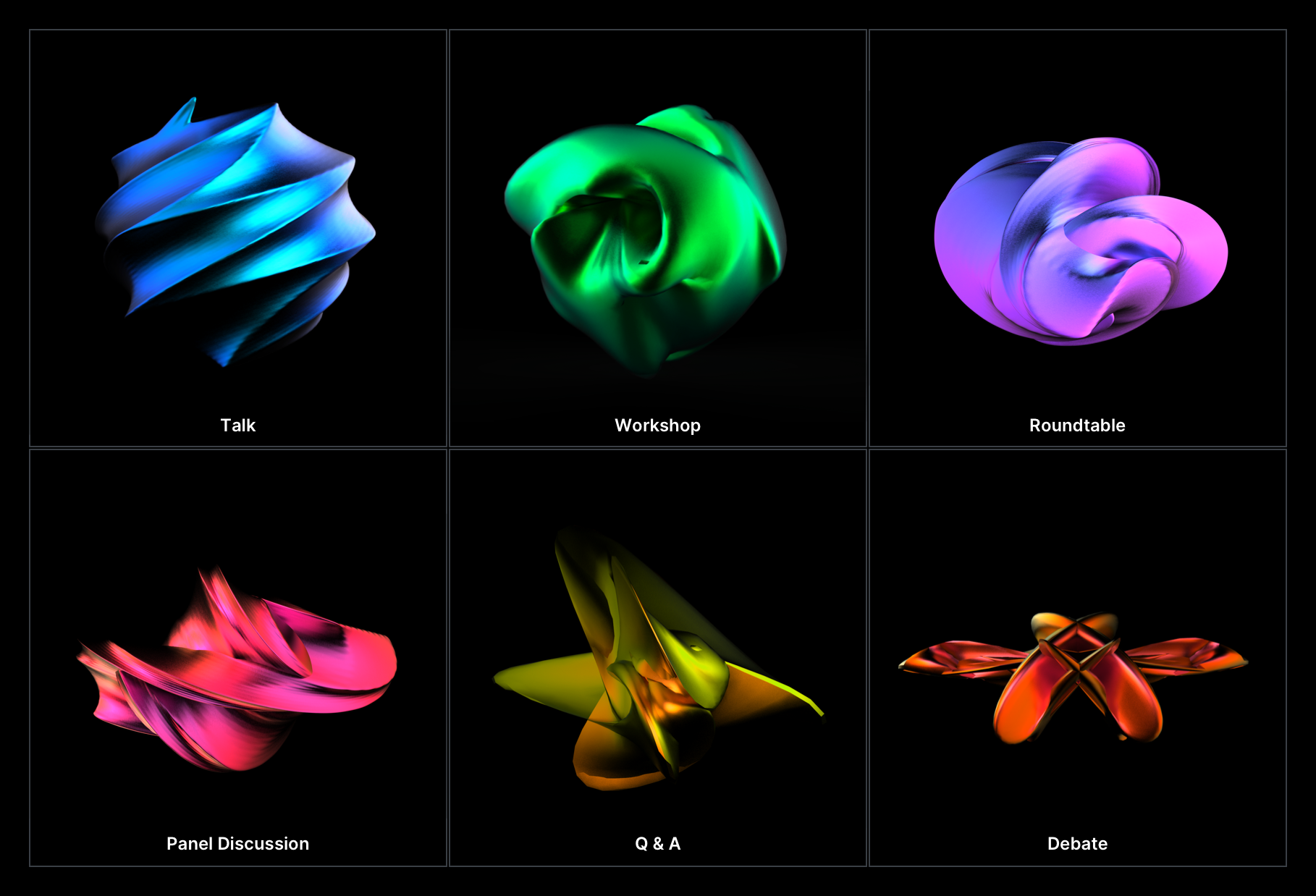
Design your logo
When brainstorming logo variations bear in mind that less is always more, don’t overdo it – shadows, outlines, gradients tend to complicate your logo and reduce its impact. The best logos are simple, unique, memorable, versatile/adaptable, relevant, and timeless. If you’re rebranding because you want to target a new market, keep in mind that different cultures assign different meanings to symbols, so intercultural awareness is key. Also, colors evoke emotions and can influence how your audience perceives you, so you might want to look into what would go best with your brand. Once you have a couple of variations, show them to your focus group, collect their feedback and decide upon the changes you want to make.
👉 IN OUR CASE, when it came to our logo, we wanted to keep things simple yet powerful. We looked at what a Greek agora looked like, then deconstructed it and eventually arrived at a 2D geometrical shape, a square. Next, we examined the word Agora. The length, the symmetry, and the composition of the word appealed to us. So much so, that we felt that the pure aesthetics of the letters would make a solid logo. As a last step, we replaced the “o” from the middle of Agora with the square that symbolizes the original meaning of the word – the physical setting as well as the assembly of the people.

Set your Typography
Typography is an essential component of any brand. The typeface you choose has two functions:
- an aesthetic function that contributes to the character of the brand
- a functional one that ensures that the written communication is done properly.
Good typography should have the right mix of legibility and personality. When you choose a typeface, you should always keep in mind the medium of communication, the audience and your message. This in order to guide and inform the recipients and contribute to the brand experience. There are a few types of font styles: Serif, Sans-serif, Script, etc. and when dealing with the dilemma of choosing one, note that each font style has its own character and you should choose the one that best matches your brand personality. For example, Sans-Serifs in general, evoke a modern, minimalist feel and a sense of friendliness. They are highly legible and versatile.
After selecting the font, depending on your context, the next step is to think of a couple of guidelines that will ensure the consistent usage of type in your visual communication.
👉 IN AGORA’S CASE, we didn’t want to limit our creativity wherever we’ll need to create new materials, so we went with one simple rule: big bold titles. We figured if the rest of the elements are stimulating our imagination, the text should be the holding structure, the anchor of the visual communication, stabilizing the whole composition. Inter was a great font choice because it is highly legible, modern and it has personality, but it’s not too into-your-face, it doesn’t compete with the other elements but creates harmony.
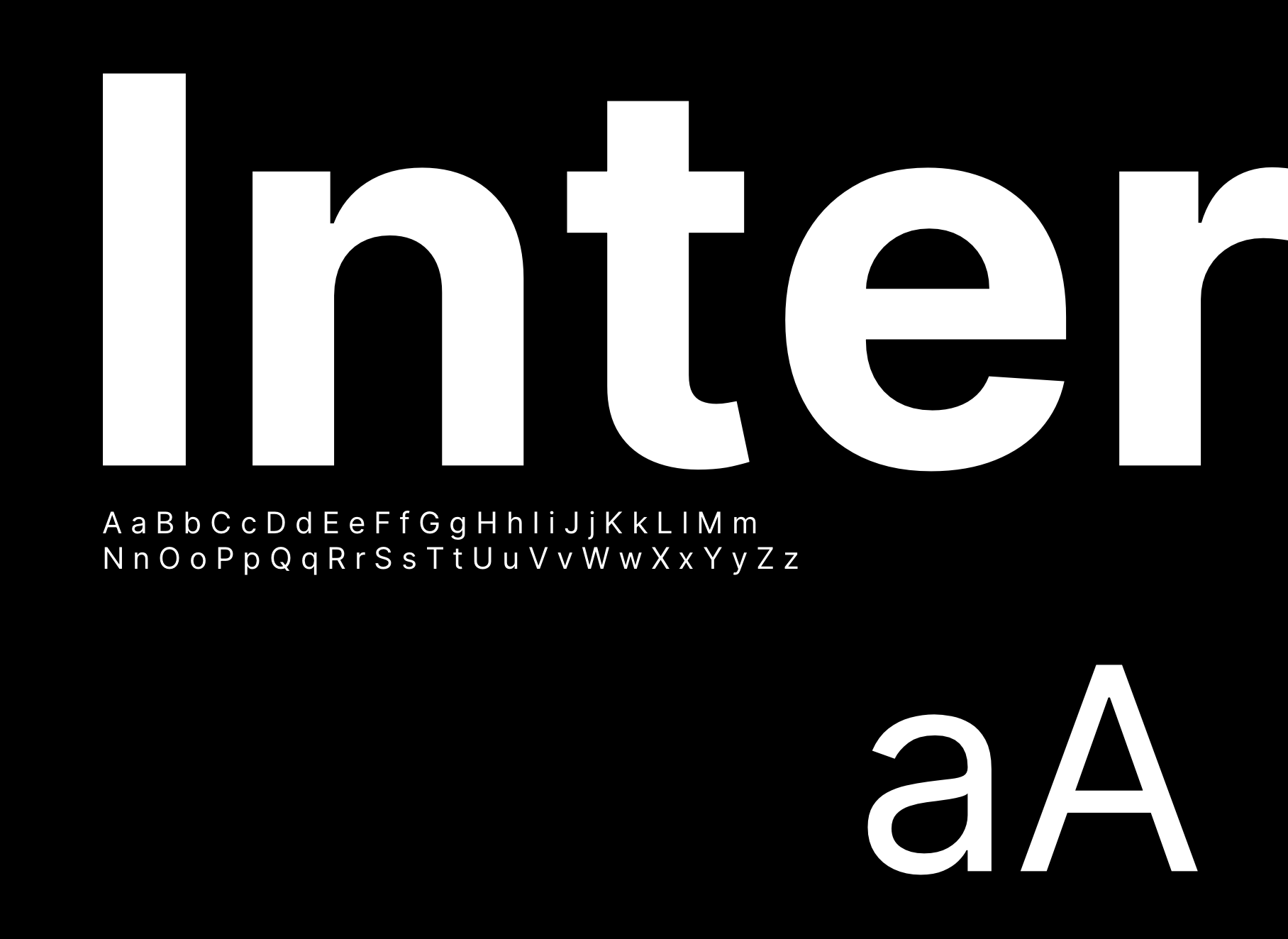
Choose a color palette
Colors are an essential to all visual communication as they are the first things humans perceive. They are a powerful tool, and hold various attributes and associations in different cultures, so be mindful while choosing the right one for your brand. Every color has a meaning and evokes an emotion, having its own influence on your mind. A good color palette can make wonders, a bad one can send a confusing message.
👉 IN OUR CASE, we decided to play around with a combination of a neutral background and colorful contrasting graphical elements. This to attract the attention of the viewer and keep things interesting, without having too much visual clutter.
Our choice of using a (neutral) dark background was to somehow give the illusion of space, of something more. This stimulates the imagination of the viewer. It works similar to a dark theatre room, where the spotlight is directed to the main point of interest, the “attraction”, in our case, our copy and graphics.
The colorful graphical elements are used to communicate the diverse range of ideas and event types inglobed in Agora. Each color was chosen based on the category it represents.
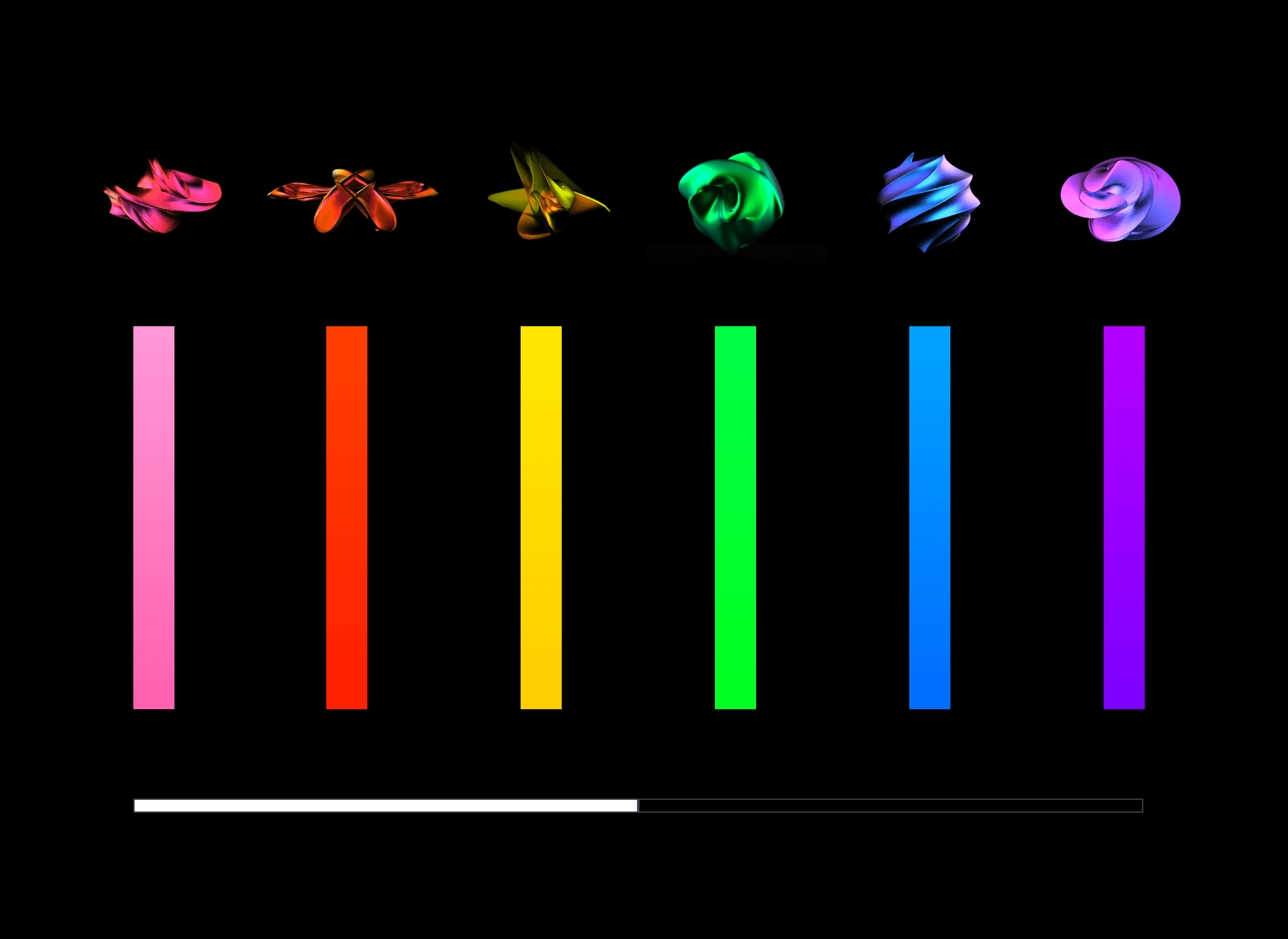
One more thing…
Are you still with us? Wow, that’s great, because there’s one more thing that needs to be done before taking your new brand public. Once you’ve completed the steps listed above, don’t forget to craft your very own brand book – a manual that details the most relevant and important details of your brand (its story, positioning, mission, vision, values, personality, voice, and language) and serves as an anchor and guideline for the use of your visual elements (logo, illustrations, icons, imagery, colors, typography, etc).
Referencing this book will keep things structured and maintain consistent delivery of the brand. It will help creatives decide on questions like: “which version of the logo should I use on light background?” or “How should I write the copy for this social media post?”.

Now tell us, are you ready to step your branding game up? Hopefully, our process and example will help you come up with your best strategy for your brand. Should you need an extra hand in your branding and rebranding efforts, feel free to contact us. We’ve helped dozens of clients complete this grand task and have done it with our own products too.

Leave A Comment